“I Regret Buying 2 Walk-Up Apartments” 4 Biggest Property Investment Regrets And What You Can Learn
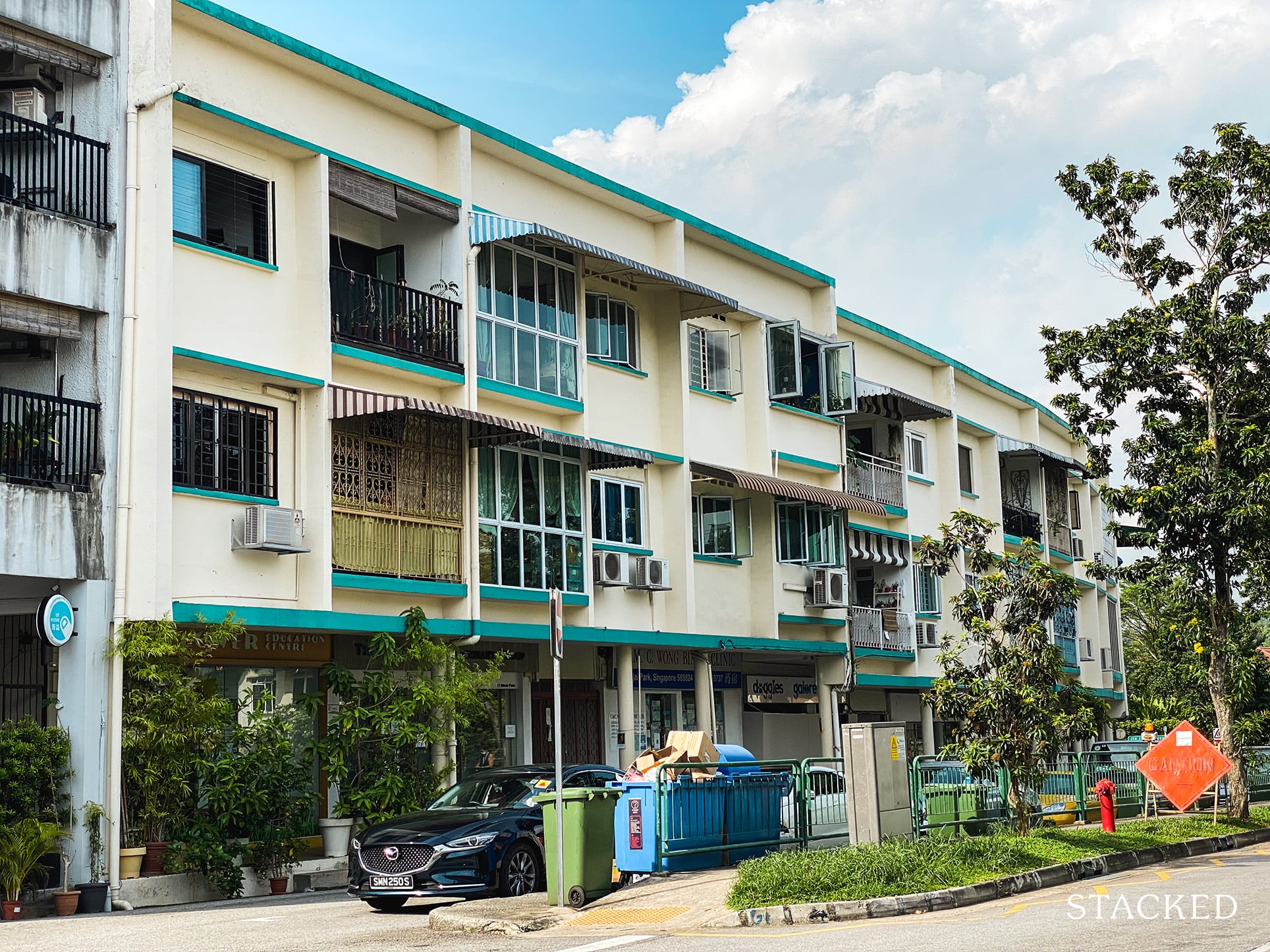
Get The Property Insights Serious Buyers Read First: Join 50,000+ readers who rely on our weekly breakdowns of Singapore’s property market.
A seasoned content strategist with over 17 years in the real estate and financial journalism sectors, Ryan has built a reputation for transforming complex industry jargon into accessible knowledge. With a track record of writing and editing for leading financial platforms and publications, Ryan's expertise has been recognised across various media outlets. His role as a former content editor for 99.co and a co-host for CNA 938's Open House programme underscores his commitment to providing valuable insights into the property market.
Property investments don’t always go smoothly, but it’s often the success stories you hear about. In reality, not everyone manages to sell for a record gain after five years and upgrade; and not every rental property ends up being worth its initial capital. We spoke to some property investors about their biggest regrets and the lessons they learned in the process:
Table Of Contents
1. Buying a property while under-capitalised
Our reader TT says he dived into the property market before he was properly capitalised, and learned a painful lesson from a forced sale:
“In 2007 I became fascinated with the property market after one of my old school friends made his first million in property investment,” TT says, “I was so eager to follow suit that I bought a 920+ sq. ft. unit at Botannia, at the time at $850+ psf. I had to stretch the loan to the max to cover it.”
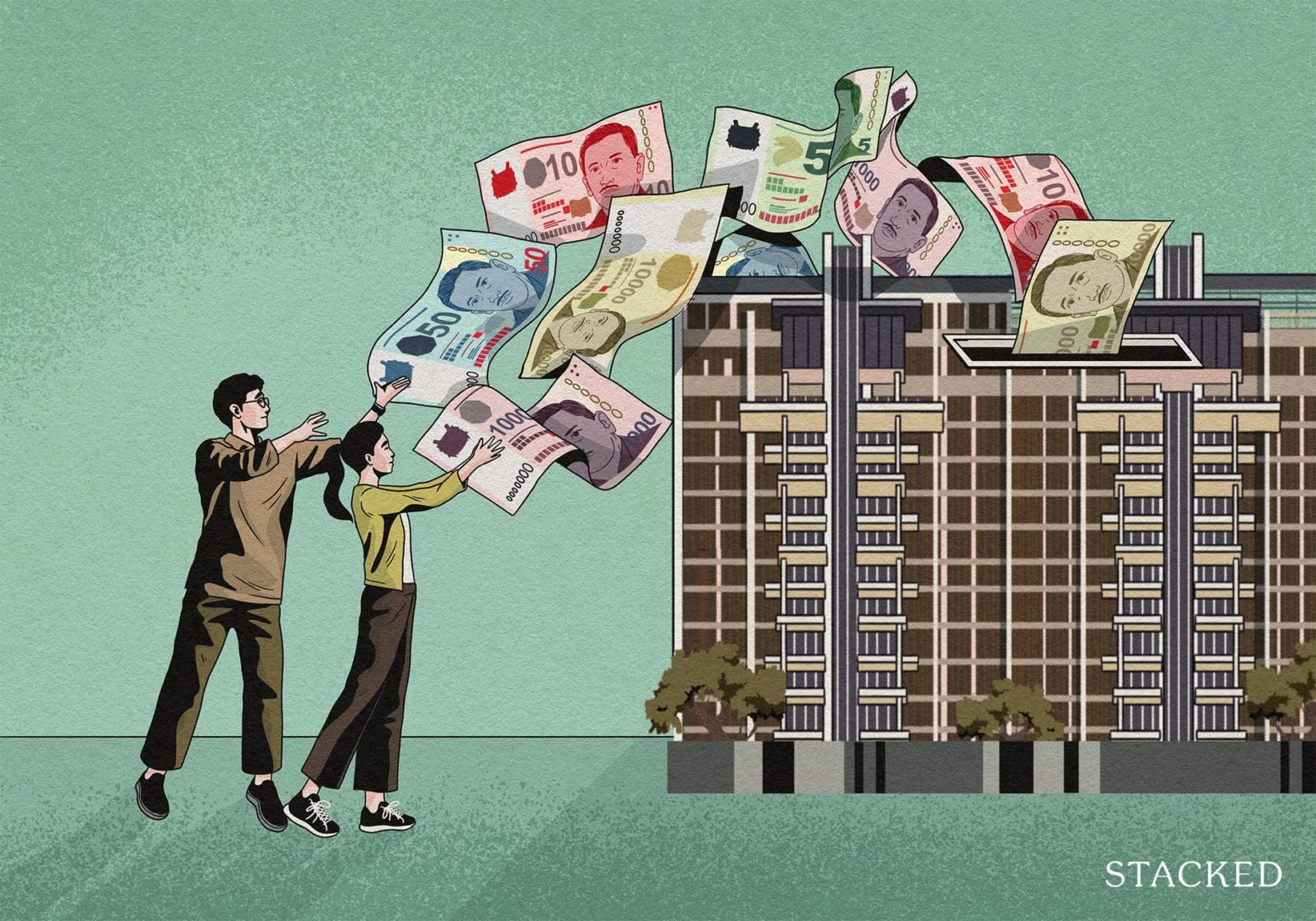
TT says that this was in fact the very first property he had bought, and he decided to forego an HDB flat and jump straight into the private market. The Total Debt Servicing Ratio (TDSR) was not yet introduced at the time, and TT estimates that almost 70 per cent of his monthly income was sunk into the monthly repayment – this was before even adding maintenance fees.
Then in 2010, the ongoing Global Financial Crisis took its toll on TT’s employer, which closed its Singapore branch. While TT found another job within weeks, his income had declined by about a third; and this meant the monthly loan repayment would consume almost his entire pay cheque.
TT says that: “While I had savings, I realised I had to sell the unit quickly; and at the time the economy was bad, so finding a buyer would be difficult.”
Ironically, we must point out TT was mistaken: the period from 2009 to 2013 would see one of the biggest rises in property prices, largely due to rock-bottom interest rates.
However, TT was in urgent need and forced to sell. This means he reaped few benefits from the wider market situation. TT’s property agent delivered what he wanted: an urgent sale, that was transacted in under a month.
However, TT says he sold the unit at about $850,000, over its purchase price of $782,000.
“After deducting the stamp duty, maintenance fees, and agent commissions, it was not a very impressive return. And according to my old realtor, today the units can sell for more than $1.3 million.”
TT chalks up the issue of being under-capitalised and rushing to buy the first property he could before he was financially prepared. And as we’ve mentioned before, having the holding power.
2. Trying to wait out the “temporary” cooling measures
Our reader Eliza was in a position to buy a private property while retaining her flat, back in 2014. The Minimum Occupancy Period (MOP) on her 5-room flat had just ended, and Eliza had a “nest egg” that came from selling her share of her late father’s business.
While Eliza wanted a source of ongoing rental income, a friend convinced her to wait before buying.
“My friend said the cooling measures were temporary and the market was at a peak; so it was better not to buy a second property, at a time when the prices would be so high. As my friend was quite a sophisticated investor, I decided to trust her opinion.”
The prediction turned out to be half-right. Property prices did indeed decline for a short while, but what didn’t fall was the ABSD rate. Instead, it rose even higher; and property prices managed to rise again despite this.
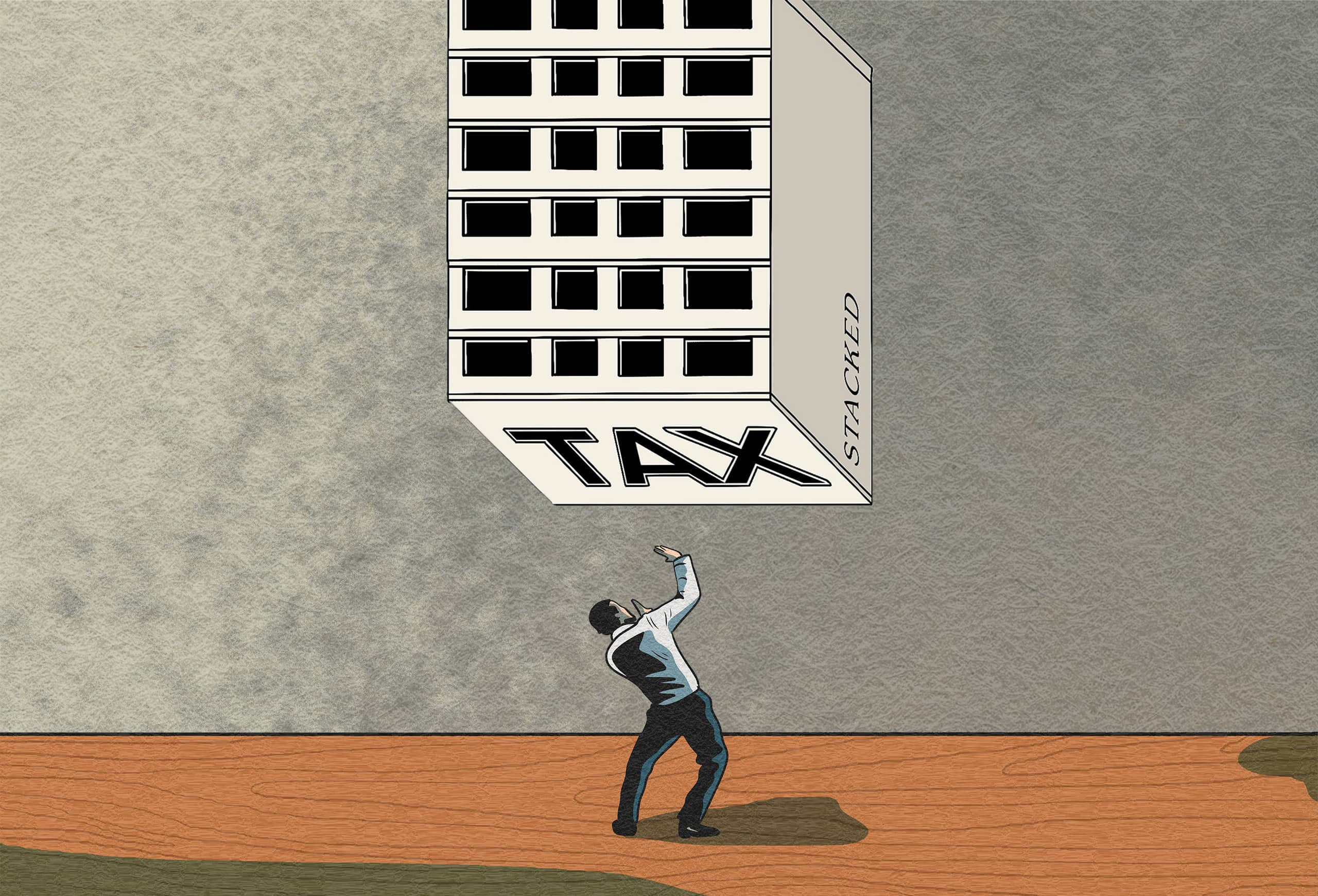
Eliza did eventually buy a second property for the rental income; but she acted only after waiting till 2018, by which time ABSD rates had risen to 17 per cent. She also bought at a higher price, as home prices had recovered by then.
“I would have saved hundreds of thousands of dollars if I wasn’t so naïve as to think ABSD would just vanish one day. I think there’s a tendency to confuse inaction with caution, so we should remember that being slow also has a steep cost.”
On the plus side, at least she didn’t pay the current rate of 20 per cent (as of May 2023).
3. Buying old walk-ups for rental
In 2012, JT and his father-in-law purchased two walk-up units in the Geylang area. While he won’t disclose the price, JT said that it was low enough for the two of them to buy without the need for a loan.
This was due to the age and condition of the walk-ups, which only had about 51 years of their lease remaining.
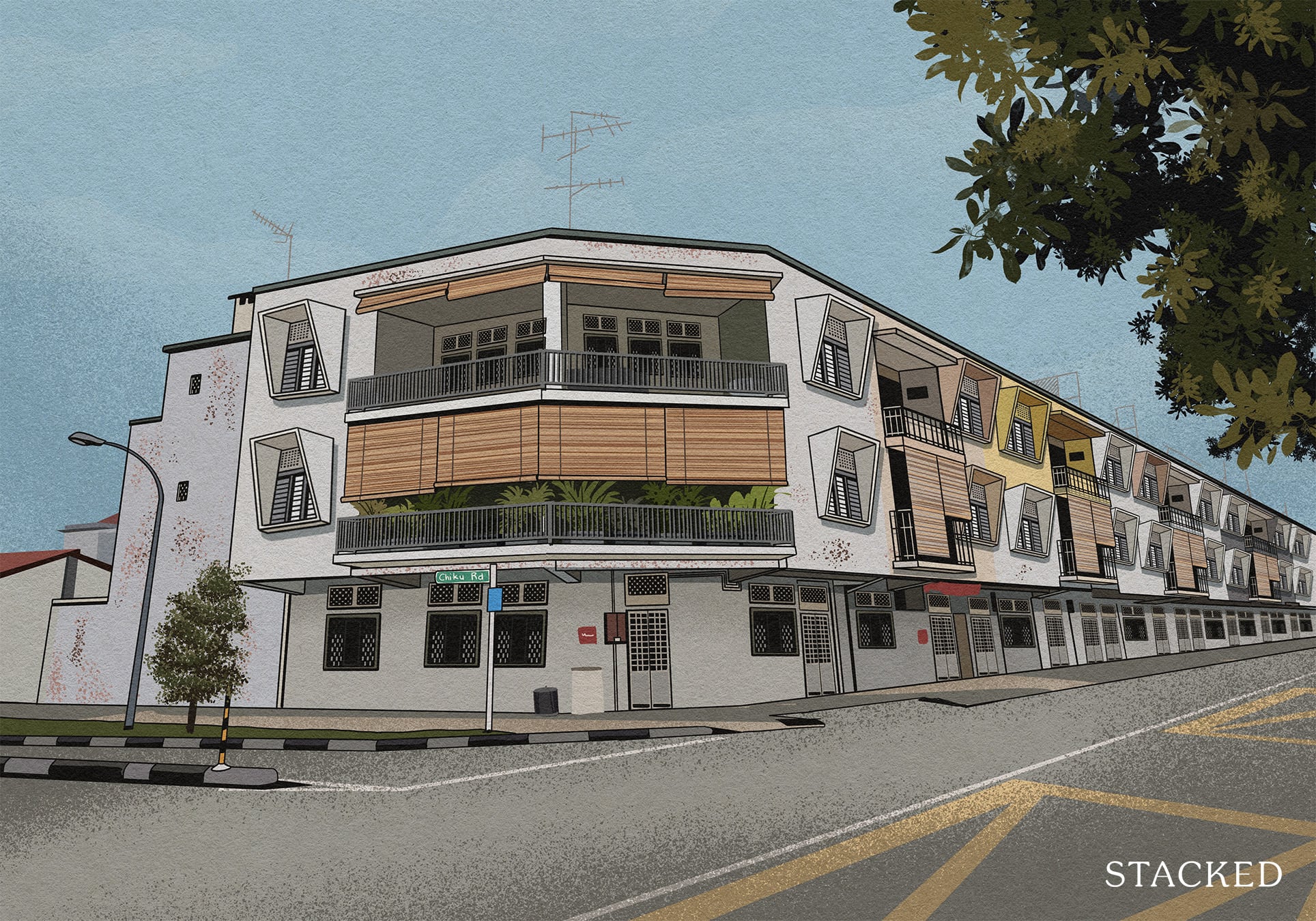
JT’s father-in-law was a contractor by trade, so restoring the properties would have been cheaper; plus, JT already had some potential tenants lined up. He says that:
“If all went well, we expected to recoup our costs within the first 15 years, then after that it would just be cash-generating. We only spent about $200,000 to renovate both units very nicely, because my in-law did most of the work himself.”
More from Stacked
How Does Having Fewer Big Property Agencies Affect Homebuyers?
It was just in 2017 that OrangeTee and Edmund Tie & Company announced a new joint venture called Orange Tee and…
JT says the renovations were extensive, enough to bring the units to the same level as many co-living spaces today.
Unfortunately, the maintenance issues with the walk-ups soon got out of hand. From constantly choked toilets, to ceiling leaks and termites, JT says his father-in-law ended up spending more on their shared project than on any property he’d worked on before.
“I think after the first five years, we spent about another $60,000 to $70,000, and many of the problems were still recurring,” JT says, “On top of that the rental market started to soften. I soon found out that, despite our place looking a lot nicer than many old Geylang walk-ups, the tenants in this area mostly just want the cheapest option. So there’s a tight ceiling on rental rates here.”
By 2019, JT and his in-law had thrown in the proverbial towel and sold the two units to other investors. JT says after all the costs, he and his in-law barely broke even. He says: “For the amount of trouble we went through, it was definitely not worth it. Total waste of time.”
JT says his mistake was focusing just on the numbers, and not looking past the spreadsheet. He also adds that they were fortunate to be able to sell the properties, given the age and issues.
4. Investing with someone who has entirely different aims
George (not his real name) bought a two-bedder condo unit along Robinson Road, together with one of his cousins. He notes that neither of them owned a property (so there was no ABSD), and he was resolved to stay with his parents for a long time to come:
“I live with my parents in a landed home,” George says, “And there’s room even if I do get married and want to settle down. My cousin said at the time he was in the same situation, where he wouldn’t need a place of his own for some time. So we agreed to co-invest in the unit, and split the rental income and costs.”
George had made it clear to his cousin that his intent was to hold on for the long term and collect rent – the property would be cash-flow positive from the start, as together they had the means to purchase it in full.
“Unfortunately I ignored the first red flags,” George says, “When my cousin couldn’t give me a clear answer on what he expected. He just kept saying he was happy with anything, he just wanted the rental income, and he didn’t have any preference of what to do with the property later.”
This became a problem around six years down the road when George’s cousin wanted to get married and settle down.
“Suddenly he told me he needed a place of his own to stay,” George says, “Even though earlier on he had said he didn’t need one.”
Because the cousin co-owned a private property with George, he was unable to buy another home without incurring the ABSD. As such, he insisted that George buy over his share of the property.
“I was not in a financial position to do that,” George says, “And not when he told me on such short notice. He wanted me to buy over his share in the next two or three months.”
When George was unable to buy over his share, the cousin began to harass him constantly about selling the property, which was tenanted and generating a healthy yield. However, rushing to sell the property in a month or two would likely mean a loss.
“I was constantly being berated by him and his wife,” George says, “And eventually the news got to my parents, who were quite upset. My dad also tried to persuade me to sell the property, to prevent bad blood.”
Ultimately, George’s father bought over the cousin’s share – but this was only possible after liquidating other investments.
“My father’s retirement plans were disrupted because he sold off a lot of his other assets to buy over my cousin’s share,” George says, “And I do feel responsible for it, as I realise I rushed into this without bothering to know who I was getting into bed with.”
George’s advice to upcoming investors?
“Look out for wishy-washy types. If you own the house with anyone, even your own spouse, make sure to agree on topics like what is the house for, when will you sell the house, what rental or resale price is acceptable, and so forth.
You should also have a contingency plan, in case life situations or money situations force one side to give up the house.”
For more property investor experiences and on-the-ground stories, follow us on Stacked. We’ll also provide you with in-depth reviews of new and resale properties alike, so you can make a better-informed decision. If you’d like to get in touch for a more in-depth consultation, you can do so here
Have a home story to share? Email us at stories@stackedhomes.com.
Ryan J. Ong
A seasoned content strategist with over 17 years in the real estate and financial journalism sectors, Ryan has built a reputation for transforming complex industry jargon into accessible knowledge. With a track record of writing and editing for leading financial platforms and publications, Ryan's expertise has been recognised across various media outlets. His role as a former content editor for 99.co and a co-host for CNA 938's Open House programme underscores his commitment to providing valuable insights into the property market.Read next from Homeowner Stories

Homeowner Stories What I Only Learned After My First Year Of Homeownership In Singapore
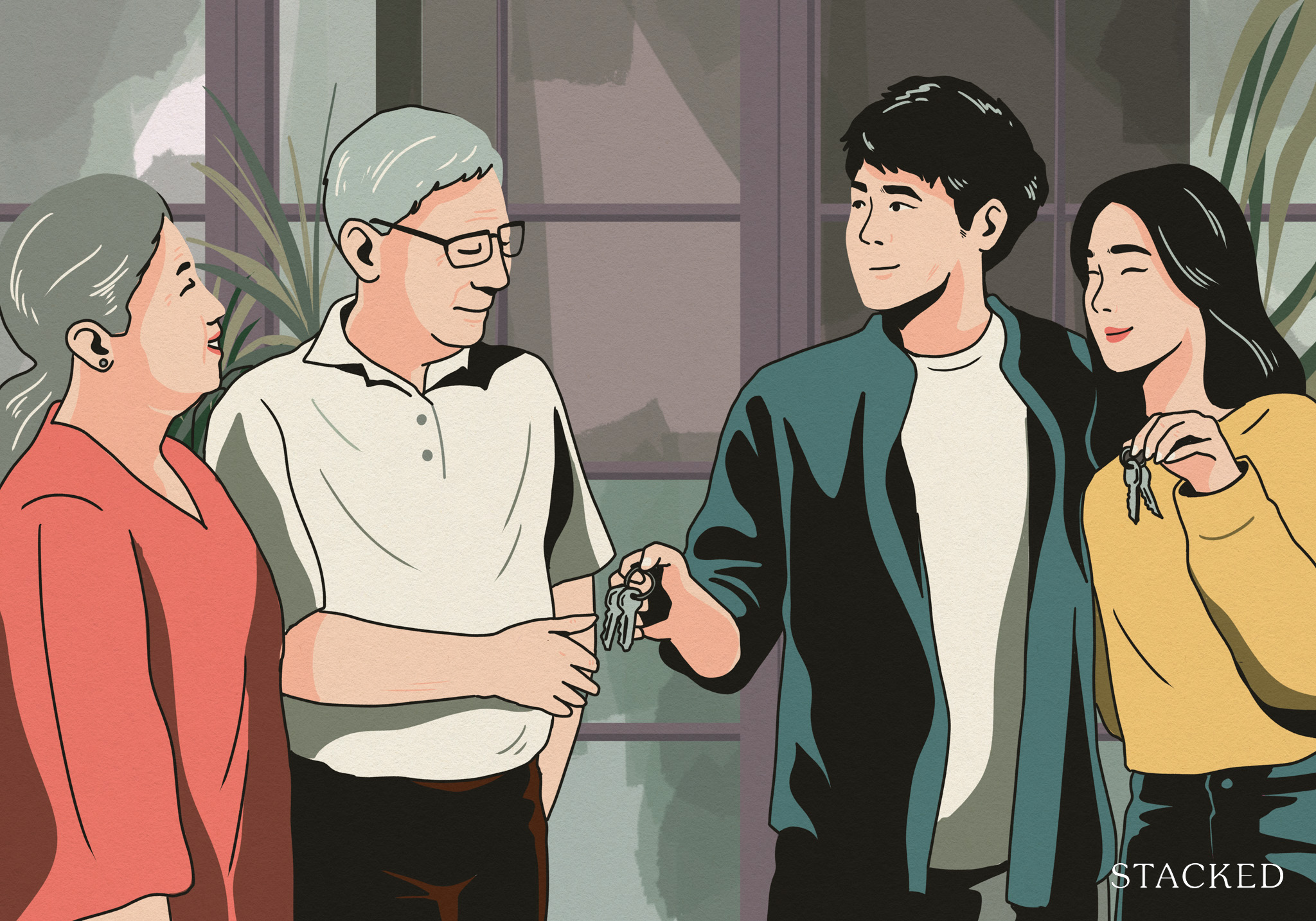
Homeowner Stories I Gave My Parents My Condo and Moved Into Their HDB — Here’s Why It Made Sense.

Homeowner Stories “I Thought I Could Wait for a Better New Launch Condo” How One Buyer’s Fear Ended Up Costing Him $358K
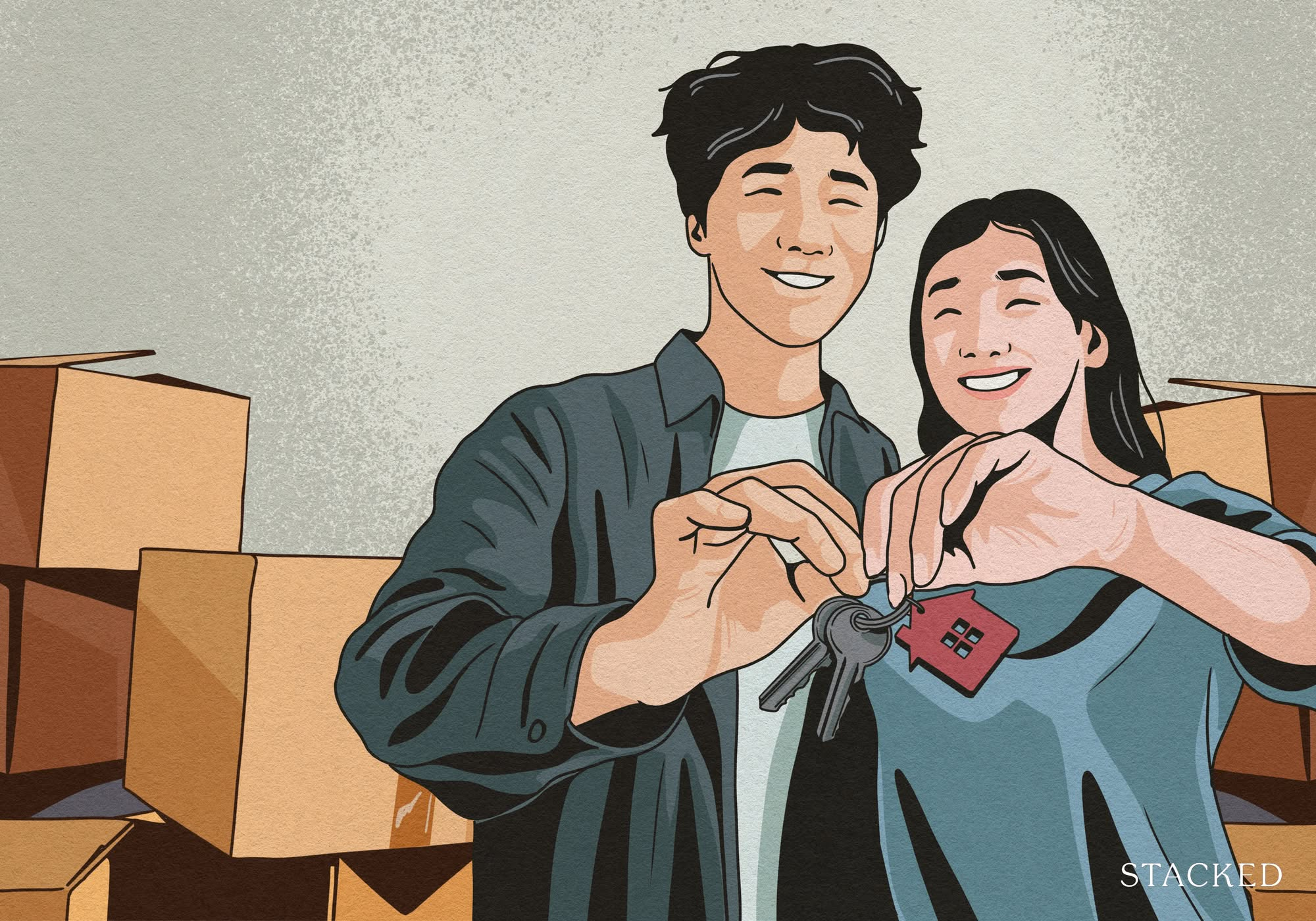
Homeowner Stories How We Saved $300K And Got Our 4-Room Toa Payoh Flat in Just 7 Months
Latest Posts

Singapore Property News This HDB Just Crossed $1.3M For The First Time — In An Unexpected Area

Singapore Property News “I Never Thought I’d Be Sued by a Tenant.” What Long-Time Landlords in Singapore Miss

Property Market Commentary I Lived In Bayshore When It Was ‘Ulu’. Here’s How Much It Has Changed

Singapore Property News HDB Resale Prices Finally Slowed in 2025 — Will It Continue in 2026?

Singapore Property News Breaking News: District 23 Condo Sells Out In Under Two Years At $2,120 Psf Average

On The Market Here Are The Cheapest 3-Bedroom Condos in Central Singapore You Can Still Buy From $1.15M

Property Market Commentary Why The Singapore Property Market Will Be Different In 2026 — And It’s Not Just About Prices

Editor's Pick 2025 Year-End Review Of The Singapore Property Market: What The Numbers Reveal

Pro This 21-Year-Old Condo Didn’t Sell Out Initially, Yet Became A Top Performer

Editor's Pick How The HDB Resale Market Performed In 2025, And What It Means For 2026 Prices

Editor's Pick 4 Key Trends Reshaping Singapore’s New Launch Condo Market In 2026

Singapore Property News Why More Land Doesn’t Automatically Fix Housing In Singapore

On The Market Here Are The Cheapest 4-Room HDB Flats in Central Singapore You Can Still Buy From $490K

Editor's Pick Should We Buy An Old 99-Year Leasehold Condo To Live In: Will It’s Value Fall When The Lease Runs Out?

Pro How A Once “Ulu” Condo Launched In 1997 Became A Top Performer


